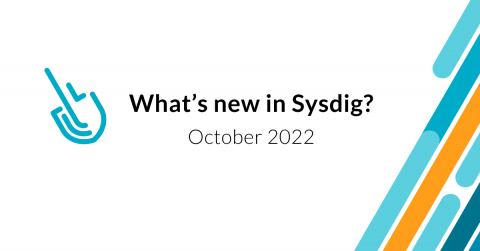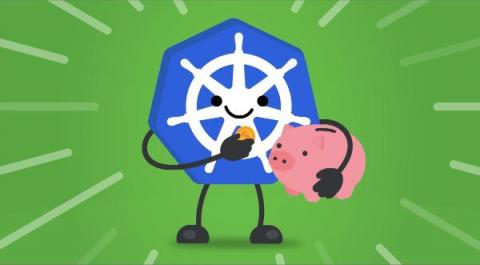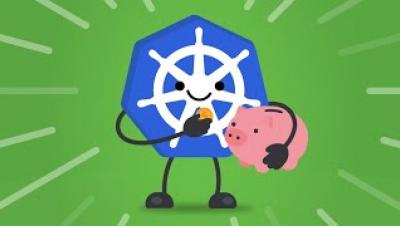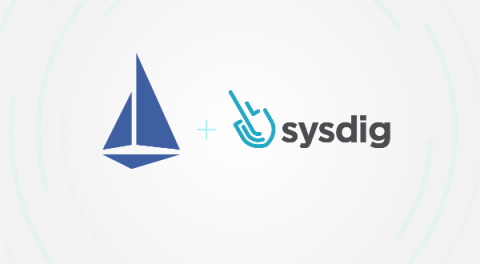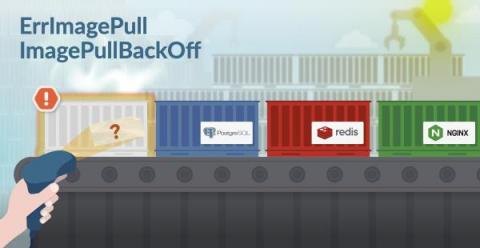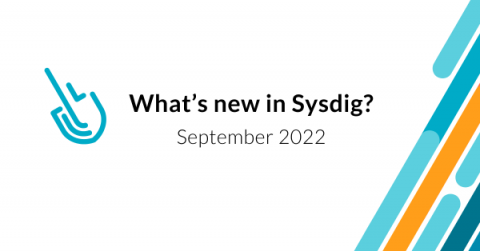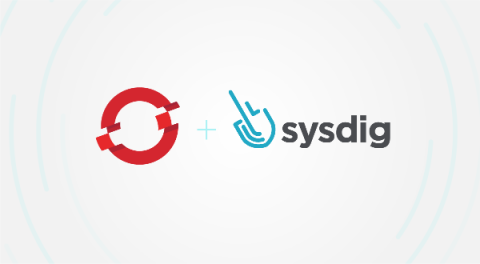Three multi-tenant isolation boundaries of Kubernetes
Many of the benefits of running Kubernetes come from the efficiencies that you get when you share the cluster – and thus the underlying compute and network resources it manages – between multiple services and teams within your organization. Each of these major services or teams that share the cluster are tenants of the cluster – and thus this approach is referred to as multi-tenancy.




